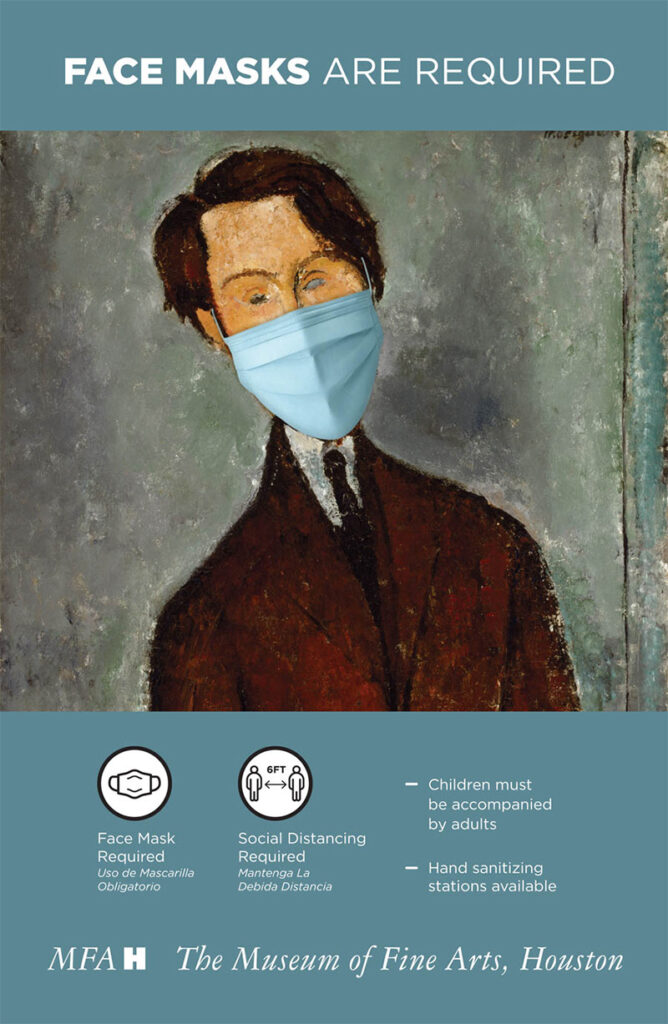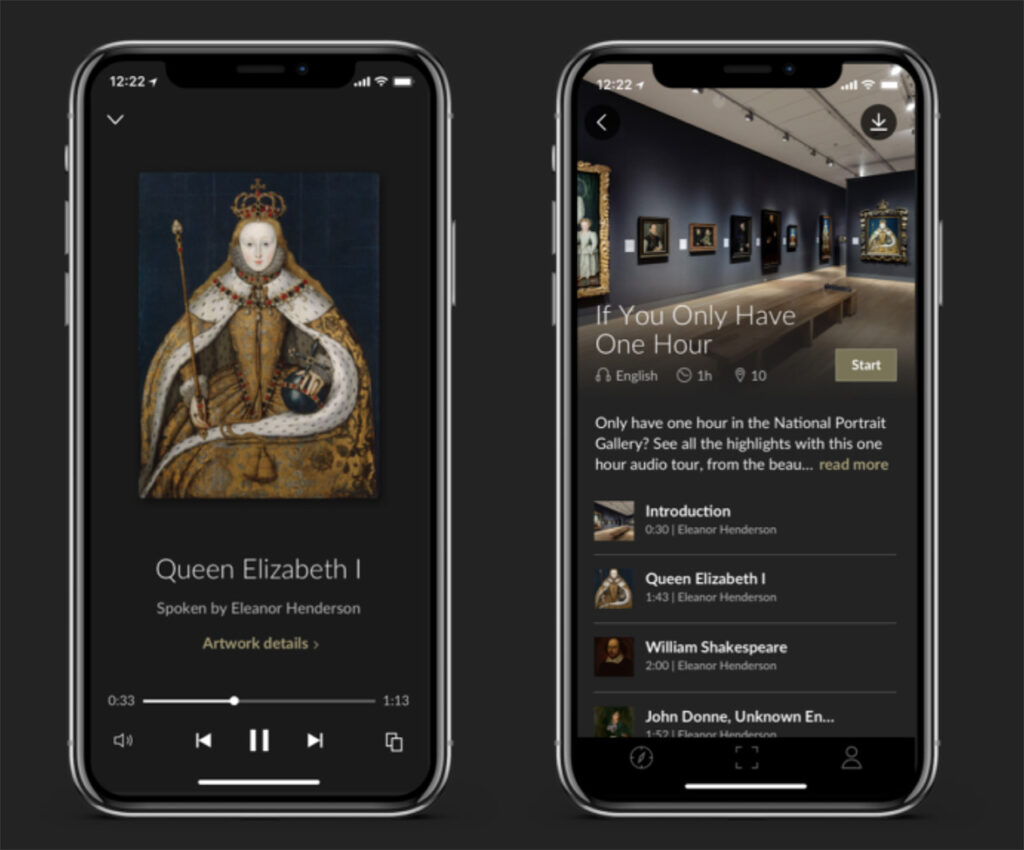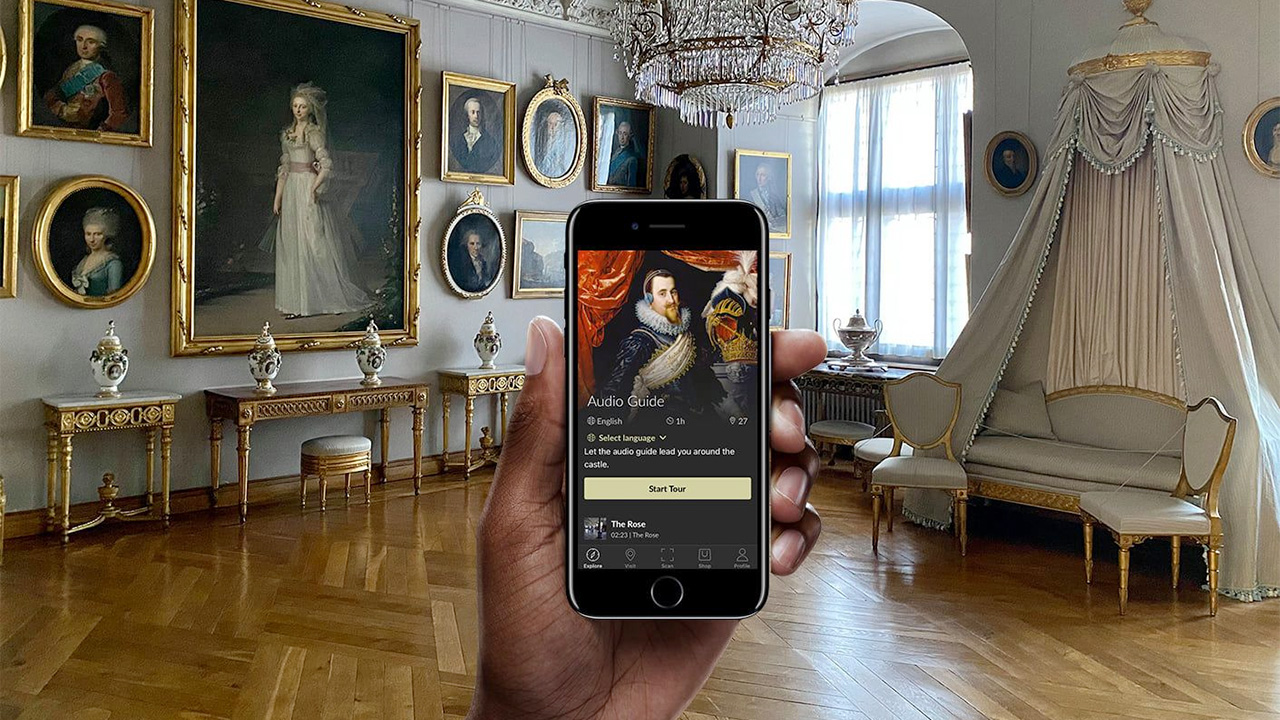Following the museum sector’s year of accelerated digital transformation, Smartify, in collaboration with Jing Culture & Commerce, presents a guest series spotlighting strategies that cultural institutions can leverage to expand their outreach and enrich their storytelling. Find more from the series here.
As we ease out of lockdown, how will museums make visitors feel comfortable to return and keep them safe once they arrive?
Many solutions include various levels of social distancing, from queue management to how closely artworks are hung, as well as health and safety measures such as wearing masks, hand-sanitizing, and temperature checks. In addition, museums have embraced more ways to reduce physical contact or proximity through online ticketing, one-way exhibition routes, and digital maps.

The Museum of Fine Arts, Houston was the first art museum in the US to reopen in May 2020, with mask and social distancing requirements in place. Image: courtesy of the Museum of Fine Arts, Houston
Whilst social distancing now feels like second nature, there will be one change unique to cultural institutions: the global pandemic marks the end of the handheld rented audio guides provided by museums and even throws the viability of group guided tours into question for the time being.
Even with timed entrances, traditional hardware such as audio devices, headsets, and even state-of-the-art virtual reality goggles are surfaces that may collect germs that put visitors at risk. A recent IMPACTS survey found that the public’s indicated interest in attending cultural sites has increased for places where social distancing could be easily observed such as parks and aquariums. In contrast, “performing arts entities and touch-based museums” will suffer an “expected decline in visitation,” with the study suggesting museums highlight “permanent exhibits that aren’t reliant upon touch.”
So what happens to the information available on these devices? Expert interpretation, family trails, audio description, historical context, tours, reaction, response, critique, and dramatization add richness to the museum experience and don’t need to be lost. Instead, these features should move onto the personal handheld device we already carry with us everywhere we go: our phones. It’s time, museums, to embrace Bring Your Own Device (BYOD).
Mobile phones have had a mixed reception in museum circles. In the early 2000s, there was a “perception that [mobile phone use] was disrupting the museum experience” (Museums and the Web 2015), with the Washington Post claiming visitors who were unable to “put their phones down” were “ruining museums.”
In addition, developing and maintaining an app is costly and time-intensive. A recent study from Hatch Apps found that the average cost of developing an app was $100,000 — a price out of reach for many museums even before COVID-19 closures, which have led to an average 80 percent loss in income. While these apps provided a way to deliver content to users’ devices, the average museum app has historically only been downloaded by between 3 to 5 percent of visitors.
This is where a universal app like Smartify comes in. It’s free for visitors to access museums around the world, both on-site and online, increasing the likelihood of continued engagement. For museum staff, it’s easy to upload content, and create and edit tours using the management dashboard with drag-and-drop and venue personalization options.

The Smartify tour page (right) and audio chapter (left). Image: Smartify
With an already engaged audience of over 2.5 million users, Smartify is not only safer for visitors, but can also become the basis for a resilient digital-first business model. Visitors can download tours offline if the museum has connectivity issues; the app can process payment transactions; and it shifts visitors from “leaning in” to read exhibition panels to looking at their own personal devices.
On Smartify, where museums receive feedback on audience preferences and routes through museums, it will be possible to highlight potential hot zones in museums before they become an issue. Artificial intelligence-assisted tour generation could mean suggesting routes through museums to visitors based on current capacity levels in order to avoid bottlenecks, while offering interesting, personalized experiences.
Push notifications can be employed for timed ticketing, exhibition advertising for off-peak times, and even proximity alerts for guests. Not to mention an increase in accessibility with immediately available text-to-speech, large text object interpretation, and multiple language translation available at the press of a button.
As museums explore everything from Animal Crossing art collections to telepresence robots that can be guided around museums in your place, now is the time for BYOD to become an integral part of the museum experience. BYOD offers not only a more sanitary way to deliver important museum content, but potentially brings with it a number of tools to empower museums around the world to reopen safely. This is a museum; please keep your phone in hand.
Edited by Alexandra Lawson



